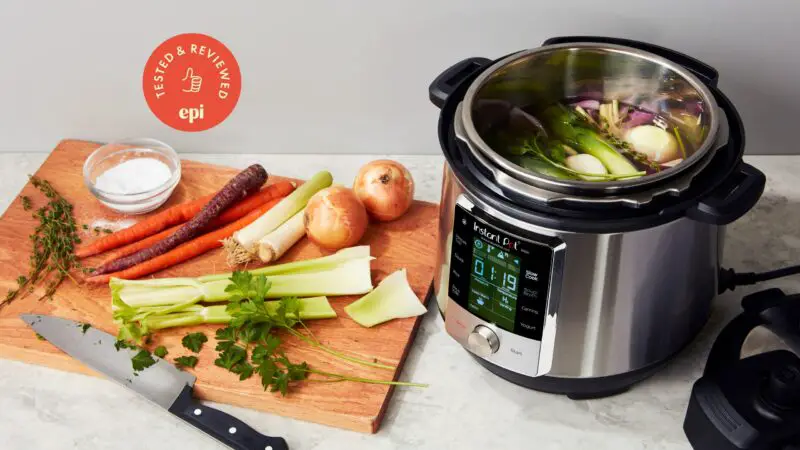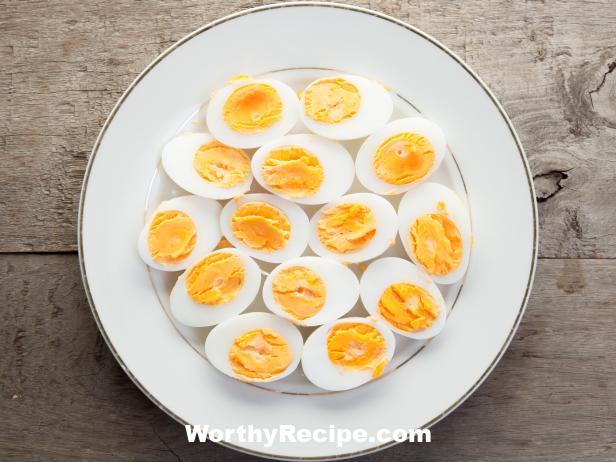How Does Oven Temperature Affect Cookie Baking?
Baking cookies is a delicate art that requires precision, patience, and attention to detail. One of the most important factors in creating a perfect batch of cookies is getting the oven temperature just right. The temperature of your oven can have a significant impact on the texture, flavor, and appearance of your cookies. In this article, we will explore the science behind oven temperature and its effect on cookie baking.
Why Is Oven Temperature Important in Cookie Baking?
The temperature of your oven plays a crucial role in ensuring that your cookies turn out just right. When you bake cookies, you want them to be crispy on the outside and chewy on the inside. This delicate balance between texture and flavor is largely determined by how hot your oven is. If the oven is too hot, your cookies will burn on the outside and be raw on the inside. On the other hand, if the oven is too cool, your cookies will be pale in color, dry, and not very flavorful.
Another factor to consider is that not all ovens are created equal. Different ovens have different levels of accuracy when it comes to temperature control. Some ovens may run hotter than others, while others may run cooler than what you set them to. Understanding how your specific oven operates can help you adjust for any discrepancies in baking time or temperature.
The Science Behind Baking: Understanding Temperature and Heat Transfer
Before we dive into how baking temperature affects cookie baking specifically, it’s helpful to understand some basic principles about temperature and heat transfer in baking.
Temperature refers to the degree of hotness or coldness of an object or substance. In baking terms, temperature usually refers to how hot or cool an oven is set for cooking.
Heat, on the other hand, refers to the energy transferred from one object or substance to another when they are at different temperatures. Heat is essential for baking because it causes chemical reactions in food that lead to cooking and the creation of new flavors and textures.
During cookie baking, heat is transferred from the oven to the cookie through three primary modes: radiation, convection, and conduction. Radiation heat transfer occurs when heat is transferred through electromagnetic waves such as those given off by the heating element in your oven. Convection heat transfer occurs when hot air flows around your cookie dough and carries heat with it. Finally, conduction heat transfer occurs when heat is transferred directly from one surface (the baking sheet) to another (the cookies).
Different Types of Ovens and Their Impact on Cookies
Not all ovens are created equal, which means that different types of ovens can have varying effects on your baked goods. Understanding how different types of ovens affect temperature regulation and heat transfer can help you adjust your recipes for optimal results.
- Gas ovens: Gas ovens use flame to generate heat and have a moister cooking environment than electric ovens. This moisture can lead to a softer texture in cookies. They often offer more even baking due to heat circulation being more stable.
- Electric ovens: Electric ovens use heating elements to generate heat instead of gas flames. These ovens have a drier cooking environment than gas ovens, which can lead to crispier but often drier cookies.
- Convection ovens: Convection ovens are similar to electric ovens but they also feature a fan that circulates hot air around the oven more consistently. This results in even baking of cookies. Convection ovens can many times bake cookies at a lower temperature than gas or electric ovens as the fan helps to distribute heat more evenly.
If you are using a recipe designed for one type of oven, you may need to make adjustments if you are using a different type of oven. For example, if your recipe is designed for a gas oven but you have an electric oven, you may need to reduce the baking time and keep an eye on the cookies so that they do not dry out.
Factors That Affect Baking Temperature
There are several factors that can impact baking temperature, and it’s essential to understand how these factors can affect your final product. Some of the most common factors that can impact baking temperature include:
- Altitude: The higher your altitude, the lower the air pressure will be. This can cause baked goods to rise faster and cook unevenly due to gas expansion from the dough being leavened too quickly.
- Humidity: High humidity can also affect cookie baking. Extra moisture in the air affects the rate of evaporation and changes how much moisture is absorbed by the cookies whilst baking which could lead to a soggier texture.
- Recipe variation: Even slight variations in ingredients such as types of sugar, flour or leavening agents used in a recipe could require adjusting temperature or/and cooking time.
These factors can impact how hot your oven needs to be set and how long your cookies will take to bake. If you live in a high altitude area, you will need to adjust your baking temperature accordingly to ensure that your cookies do not overcook or burn, similarly adjusting cooking time for different altitudes is important to prevent underbaked cookies.
Finding The Right Temperature: Tips for Setting The Oven Correctly
Setting the oven to the right temperature is essential to get your cookies to turn out perfect. Here are some tips for setting your oven correctly:
- Preheat your oven: Preheat your oven for at least 10 minutes before you start baking, this ensures that the oven reaches optimal temperature and will help you achieve even baking results.
- Use a separate thermometer: Use an oven thermometer to monitor the temperature of your oven and compare it to the temperature displayed on the dial. Sometimes ovens can give deceptive readings causing incorrect settings, having an individual thermometer helps avoid such mistakes.
- Clean your oven:Cleaning your oven regularly will help your oven bake more evenly, ensuring that every batch you make has evenly baked cookies.
Common Mistakes in Cookie Baking Temperature and How to Avoid Them
Mistakes are common when it comes to cookie baking, and some of these mistakes are related to improper oven temperatures. Here are a few common mistakes people make when setting their oven temperature for cookie baking, and how you can avoid them:
- Baking at too high a temperature: Overheating your oven will cause burnt edges, dry centers or undercooked cookies from not knowing heat application timing well.
- Baking at too low a temperature: The consequence of setting the temperature too low is only slow baking causing dry crumbly cookies
- Not preheating the oven enough: Preheating the oven for a minimum of 10 minutes is important to maintain steady heat when using an oven.
The key to avoiding these mistakes is understanding how your oven works, paying close attention to your cookies whilst baking and making certain adjustments such as baking temperature according to recipe and environmental changes.
Tips for Experimenting with Oven Temperature in Cookie Baking
If you are interested in experimenting with different temperatures while baking cookies, here are a few tips to get you started:
- Use this knowledge: based on the factors that affect baking temperature, try experimenting any alterations of one or more by noting any changes in the final product.
- Bake multiple batches: Try different temperatures for multiple batches of the same recipe to determine what temperature yields the best results.
- Record your findings: Keep a detailed record of each experiment so that you can track your results over time and make any necessary adjustments for future batches.
Final Thoughts: Perfecting Your Cookies With Accurate Baking Temperature
An essential component of optimum cookie baking is setting the right temperature and understanding how it affects your baked goods. While mastering this skill may take some practice, you will notice a significant improvement in your cookies’ texture, flavor, and appearance. Knowing the principles behind oven temperature and its effect on cookie dough during baking creates a foundation from which you can consistently create cookie masterpieces each time.
References
- Allrecipes. (2021). How Temperature Affects Baking. https://www.allrecipes.com/article/how-temperature-affects-baking/
- Cooks Illustrated. (2013). The Basics of Baking in a Convection Oven. https://www.cooksillustrated.com/how_tos/7657-the-basics-of-baking-in-a-convection-oven
- Katz-Gerro, T., & Nirel, R. (2004). Physical and Chemical Properties Affecting Oven Baking of Cookies. Journal of Food Science, 69(1).
How does oven temperature affect cookie baking?
Q: Can I still bake cookies if my oven temperature is not accurate?
Absolutely! However, it may take longer or shorter to bake your cookies than the recipe instructs. It’s best to invest in an oven thermometer to ensure the correct temperature and perfect cookies every time.
Q: Why do some recipes call for a higher oven temperature when baking cookies?
A higher temperature can cause the cookies to spread and flatten out more. This is great for thin, crispy cookies. A lower temperature keeps the cookies thicker and chewier. It all depends on personal preference!
Q: Will a higher oven temperature make my cookies cook faster?
Yes, it will! A higher oven temperature will speed up the cooking time because heat is transferred faster to the dough. But be careful not to set your temperature too high – you don’t want burnt cookies!
Q: Can I leave my cookies in the oven longer if they’re not done yet?
Leaving your cookies in the oven longer than directed will only result in burnt cookies. If you find your cookies aren’t done by the recipe instructed timing, check your oven for accuracy or adjust the temperature slightly.






